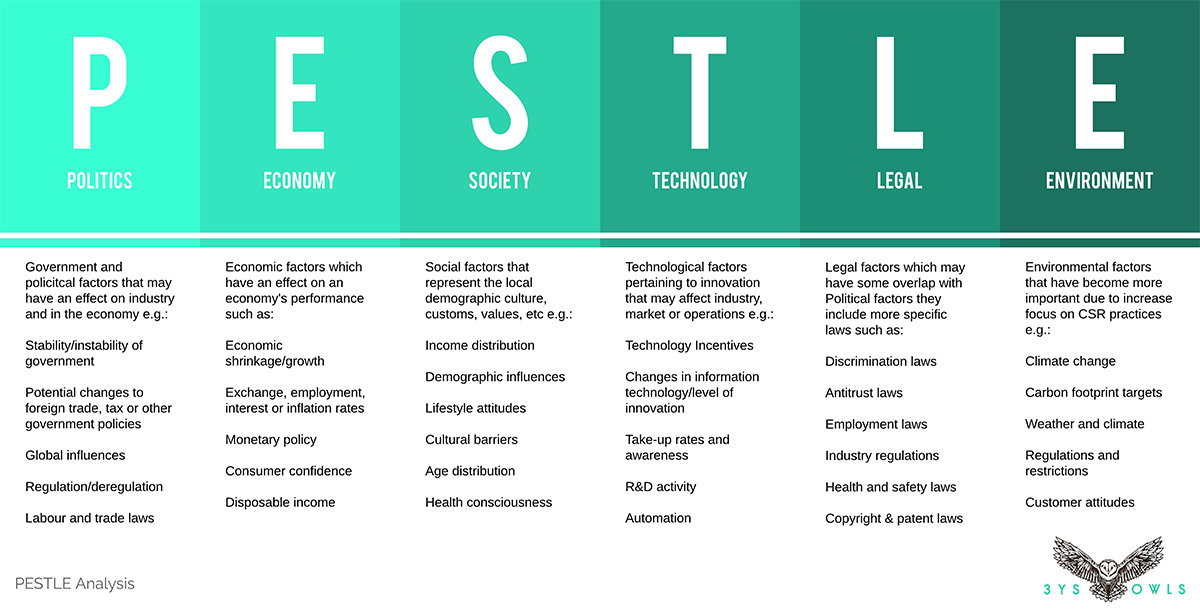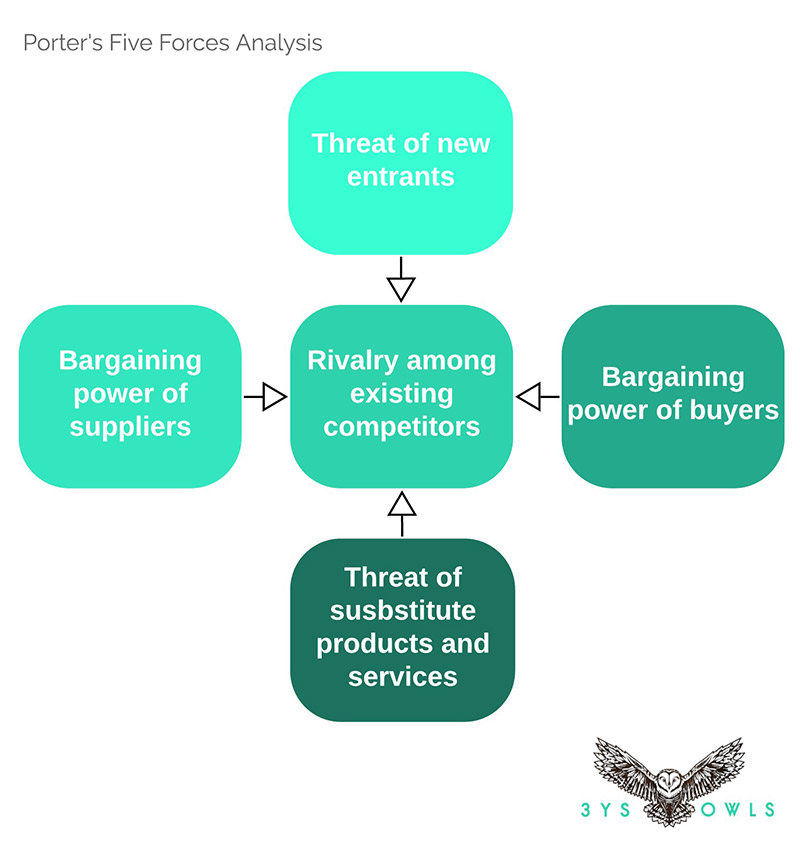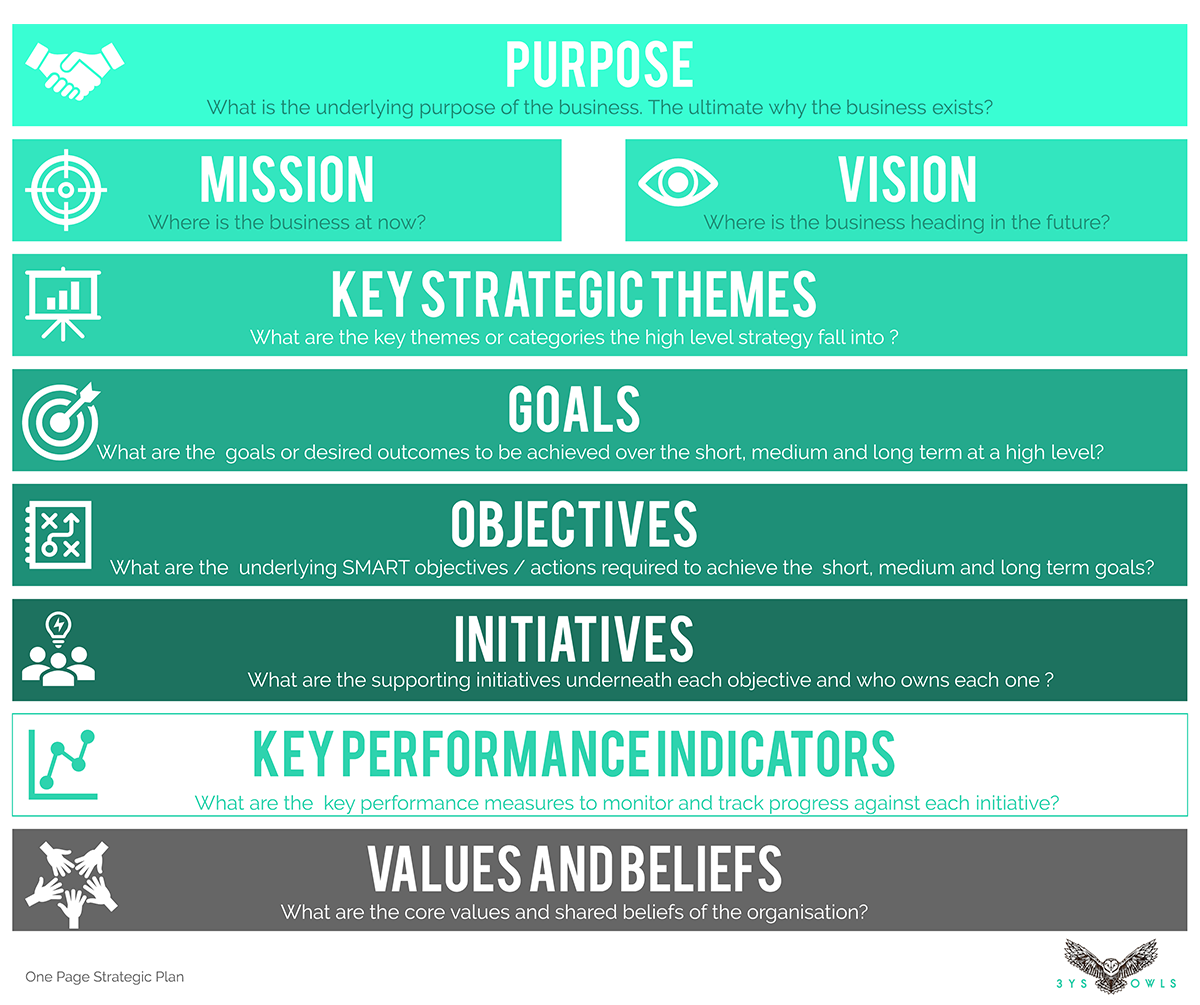Business continuity plans in a crisis

Playing to survive and thrive!
At present there is no shortage of articles and learning material in relation to how to adapt (and no I refuse to use the buzz word of 2020 "PIVOT") throughout the current COVID-19 pandemic which is suddenly levelling the playing field on a global stage. At this time many of us are playing to survive and thrive. The biggest challenge however is to decipher and assess the content, to know what's most relevant to each of us, where to start, how to apply it and then execute it in the context of business strategy. With the rapid change of legislation and ever-changing government response keeping up is a daily/weekly exercise.
This is quite an unprecedented scenario in the fact that it is causing multifaceted impact and disruption at the same time on such a global scale. It is presenting financial, economic, people, resources, business continuity, supply chain, logistics and other industry specific challenges. Separate from working through this is the issue of what happens when lockdowns stop and we’re back to a new normal? Is it too late at that stage to start considering recovery and thrive phases of building a resilient business? Well in short, the answer is yes. Businesses need to be planning for the unexpected and the ‘new normal’ post coronavirus world.
Planning for survival alone may be enough in the immediate survival phase but to make it through the recovery and thrive phases businesses will need to anticipate outcomes, scenarios and impacts and plan for the future with short, medium and long term goals. When looking forward companies also need to understand the long term effects for their industry and learn from these times as a way of pre-planning for uncertainty and disruption in the future.
From a strategic perspective, businesses that already have reacted and adapted swiftly; already had a solid digital strategy; are not in a directly affected industry (e.g restaurants, sporting teams);have strong lean processes in place; have been able to isolate their employees and teams quite quickly; and concentrate effort on prioritised projects and/or opportunities will fare much better than those businesses who fail to react to this disruptive event at all.
I have distilled my thoughts from the avalanche of information and offer 10 key steps spread across three phases that businesses can use to reassess their strategic direction.
Reposition your team (employees/staff) quickly in order to prioritise your resources.
Ainslie Cunningham
PHASE ONE: Survival mode
1. Safety and Strong Leadership - How do you want to be remembered during this time?
Reposition your team (employees/staff) quickly in order to prioritise your resources. Are you standing down staff or making redundancies? Will this result in an acceleration of employee entitlements that have not been provisioned? Are you retaining talent? Will this cause a drop in staff morale or have a negative impact on culture? Can your team work from home (if possible) to keep them healthy?
Are you checking in regularly on isolated teams to enquire about their mental health and well-being? Do you have an Employee Assistance Program? Remind your staff of free counselling services available which may be needed by staff experiencing mental, emotional, physical or financial distress? Are your team in a vulnerable position?
Ensure daily communication and manage workflow especially being mindful of virtual meeting overload. Ensure there is strong leadership, listening and communication throughout the organisation with clear lines of accountability. Remember to be mindful and empathetic of how others may be feeling or how your leadership style may make them feel.
2. Business Continuity and Resilience
It is important to remain resilient and that the business continues to operate as normal as possible. Develop and distribute a COVID-19 Plan to ensure the safety of staff, customers and suppliers.
How does this interact with an existing Business Continuity Plan (BCP) or crisis management plan, if you have one? A plan should include: a register of staff, suppliers and customers that are infected; a policy for those infected; sanitisation procedures; crisis communication response plan; and draft communications (in a calm, clear and compassionate tone) that are ready to go if required.
Establish a key crisis team which should include key members from the Board, executive and management. Document any gaps in existing plans to adjust post crisis.
3. Check in with your customers, suppliers, distributors and investors
Know what your customers need right now. Know if you are able to deliver on the goods and services they expect or want. How are they all coping during this crisis? Are they on top of their accounts? Will they be around for the long term? Do you have supply chain or distribution channel constraints? Be empathetic to their situation and let them know any changes or adjustments you have made, including reassuring them of changes you have made to ensure their safety. Build trust and strengthen relationships.
Do you need to adapt products, services or delivery methods? Is this a weakness or threat to your business or perhaps an opportunity or strength?
Check your agreements to see if there is any relief for pandemics (force majeure clause) and obtain legal advice.
4. Reprioritise
Place non-urgent projects on hold, venturing into new markets, products or services that may not be relevant at this stage.
Reprioritise and focus energy on the key value drivers within the business and reposition for survival mode (taking into account any constraints or opportunities identified in Step 3).
Conduct a financial health check. Secure any capital, lines of credit or other stimulus funding that may be available. Follow up outstanding receivables. Make arrangements with creditors and financiers to extend credit terms, defer repayments or reduce interest rates. Utilise the resources at your disposal to make a concentrated effort on the prioritised goals. Review and withdraw any earnings guidance during a period of uncertainty. Communicate with investors.
5. Scenario Analysis and Modelling
Conduct scenario analysis based on different assumptions. Best case, worst case and likely case. Include how long the business can survive in any one of these states. These should be stress tested by management and presented to the Board in preparation for any change to budgets, operating plans or strategic direction (see Step 8). Addressed in further detail in phases two and three; planning is key and should commence as early as possible once the business has been stabilised.
Ensure the Board is available to management on a more frequent schedule during this time and utilise their skills and knowledge in this environment. More than likely they have some experience in handling a crisis or disruptive event, albeit not as unique as this particular scenario, but presumably elements.
PHASE TWO: Recovery mode
6. Revisit your why
A company built on purpose that understands their why and embraces a shared vision remains aligned and engaged with customers, shareholders and staff. "People don't buy what you do; they buy why you do it." ― Simon Sinek. It is a time for businesses to get back to their why. If you do not have a why or a purpose then you need to develop a genuine and meaningful why as this builds trust, authenticity, brand strength, alignment and ultimately engagement. Communicate often across all stakeholder groups using the most relevant platforms for this.
People don't buy what you do; they buy why you do it.
Simon Sinek
7. Analyse the current circumstances
In preparation for a new post COVID-19 era, it is important to reassess the business strategy including reviewing supply chain, distribution channels, and marketing not only for when things transition to the new normal but beyond. What are the critical problems? How can these be addressed?
Conduct analyses as part of re-evaluating strategic plans — PESTLE to understand the changes in the macro environment, SWOT to understand how this is applied in the context of the existing business, and perhaps even Porter’s Five Forces to assess the competitive environment for a new or existing product or service. These three models will provide a comprehensive overview of the competitive landscape and environment. Remember to include any findings from Steps 3 and 4.

Source: Adapted from https://www.business-to-you.com/scanning-the-environment-pestel-analysis/and http://pestleanalysis.com/swot-analysis-in-marketing/

Source: Adapted from HTTPs://www.business-to-you.com/swot-analysis/

Source: Porter, M.E. (1979). How Competitive Forces Shape Strategy. Harvard Business Review. Adapted from HTTPs://www.business-to-you.com/frameworks/
PHASE THREE: Thrive mode
8. Strategic thinking and approval of revised strategic plan
All the postponed projects, analysis, scenario modelling and planning, stress testing, and proposed changes to budgets and operating plans should be presented to the Board so strategic thinking can be applied to focus on long, medium and short term goals, objectives, outcomes and initiatives that are aligned to purpose. Any adjustment of postponed projects should also be included. Present this on a one page strategic plan as outlined below.

9. Update and implement
Revisit and update business continuity plans, risk management and governance frameworks to align with the execution of the strategic plan, budget and operating plan. Ensure that all changes are implemented and embedded throughout the organisation, setting measurable objectives, initiatives and KPIs. Communication, transparency and accountability are key. Ensure that talent is retained to execute on the plan and incentivised in a manner that balances the needs of all stakeholders. Issues of non-compliance and non-adherence should be addressed through necessary consequence management systems. Ensure there is an appropriate feedback loop so any miscommunication can be dealt with in a timely manner.
10. Plan and revisit regularly
COVID-19 is no different in planning to any other unplanned adverse event (think market disruption, threat of a new entrant, crisis management, natural catastrophe).
Companies that have a strong governance and risk management framework that includes stress testing, scenario planning, business continuity planning, IT disaster recovery plans, cyber security and other robust reporting in place that is reviewed on a regular basis by management and the Board will be well placed to survive and thrive in a similar environment in the future.
A comprehensive and robust governance and risk management framework also needs to become part of regular business resilience planning, so if you are missing some of the components outlined above you need to act now to incorporate them.
References
Administrator, 2017. Frameworks:The Best Business Frameworks, Management Frameworks and Strategy Frameworks. [online] Available at: <https://www.business-to-you.com/frameworks/> [Accessed 12 April 2020].
Administrator, 2016. Scanning the Environment:PESTLE Analysis. [online] Available at: <https://www.business-to-you.com/scanning-the-environment-pestel-analysis/> [Accessed 12 April 2020].
Contributor, P., 2015. How To Do SWOT Analysis In Marketing? [online] Available at: <http://pestleanalysis.com/swot-analysis-in-marketing/> [Accessed 12 April 2020].
Contributor, P., 2011. PESTLE Analysis: Business Environmentsis. [online] PESTLE Analysis. Available at: <http://pestleanalysis.com/pestle-analysis-business-environmental-analysis/> [Accessed 12 April 2020].al Analy
Porter, M. E. (1989). How Competitive Forces Shape Strategy. Harvard Business Review. Available at: <https://hbr.org/1979/03/how-competitive-forces-shape-strategy> [Accessed 12 April 2020].
About the author - Ainslie Cunningham

Ainslie Cunningham is a Corporate Governance Consultant and is a Co-Founder of 3YS Owls. Ainslie is a qualified company secretary and risk manager, a fellow of the Governance Institute of Australia and Institute of Chartered Secretaries and Administrators and is a Member of the Australian Institute of Company Directors and Risk Management Institute of Australasia. Ainslie has held various corporate governance, company secretarial and risk management roles over the past 17 years with global ASX publicly listed companies predominantly in the financial services, retail and resources sectors. Ainslie also holds a Certified Practising Risk Manager CPRM® Certificate as a CPRA® Certified Practising Risk Associate. Ainslie is an Approved Advisor with the Advisory Board Centre specialising in the key areas of: Corporate Governance; Risk Management; and Company Secretary.
Recent Posts
- Nov, 5, 2025
- Oct, 15, 2025
Governance Top 100 Finalists 2025
- Dec, 30, 2024
Governance Top 100 Joint Winner 2024
- Oct, 4, 2024
Governance Top 100 Finalists 2024
- Nov, 14, 2023
Governance Top 100 Winner 2023
- Oct, 13, 2023
Governance Top 100 Finalists 2023
- Nov, 1, 2022
Governance Top 100 Winner 2022
- Oct, 14, 2022
Governance Top 100 Finalists 2022
- Nov, 1, 2021
Governance Top 100 Winner 2021
- Oct, 15, 2021
Governance Top 100 Finalists 2021
- Nov, 11, 2020
Governance Top 100 Winner 2020
- Oct, 13, 2020
Governance Top 100 Finalists 2020
- Jun, 20, 2020
ASIC governance focus on large ASX Listed entities
- Feb, 6, 2020
One Year On from the Hayne Royal Commission
- Jan, 21, 2020
Community Support during the bushfire crisis
- Nov, 28, 2019
Changes to ASX Listing Rules
- Nov, 19, 2019
Whistleblower Policy changes